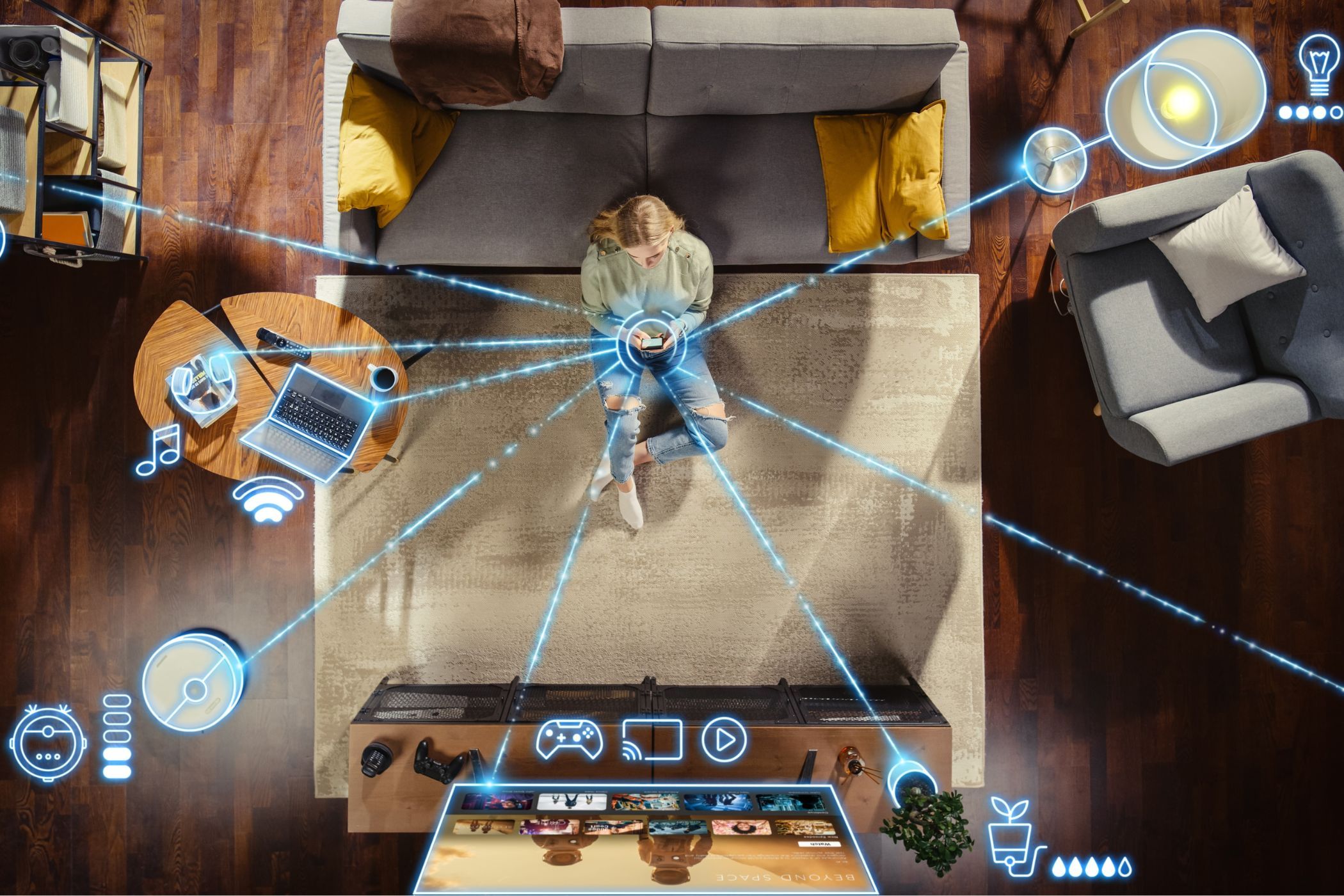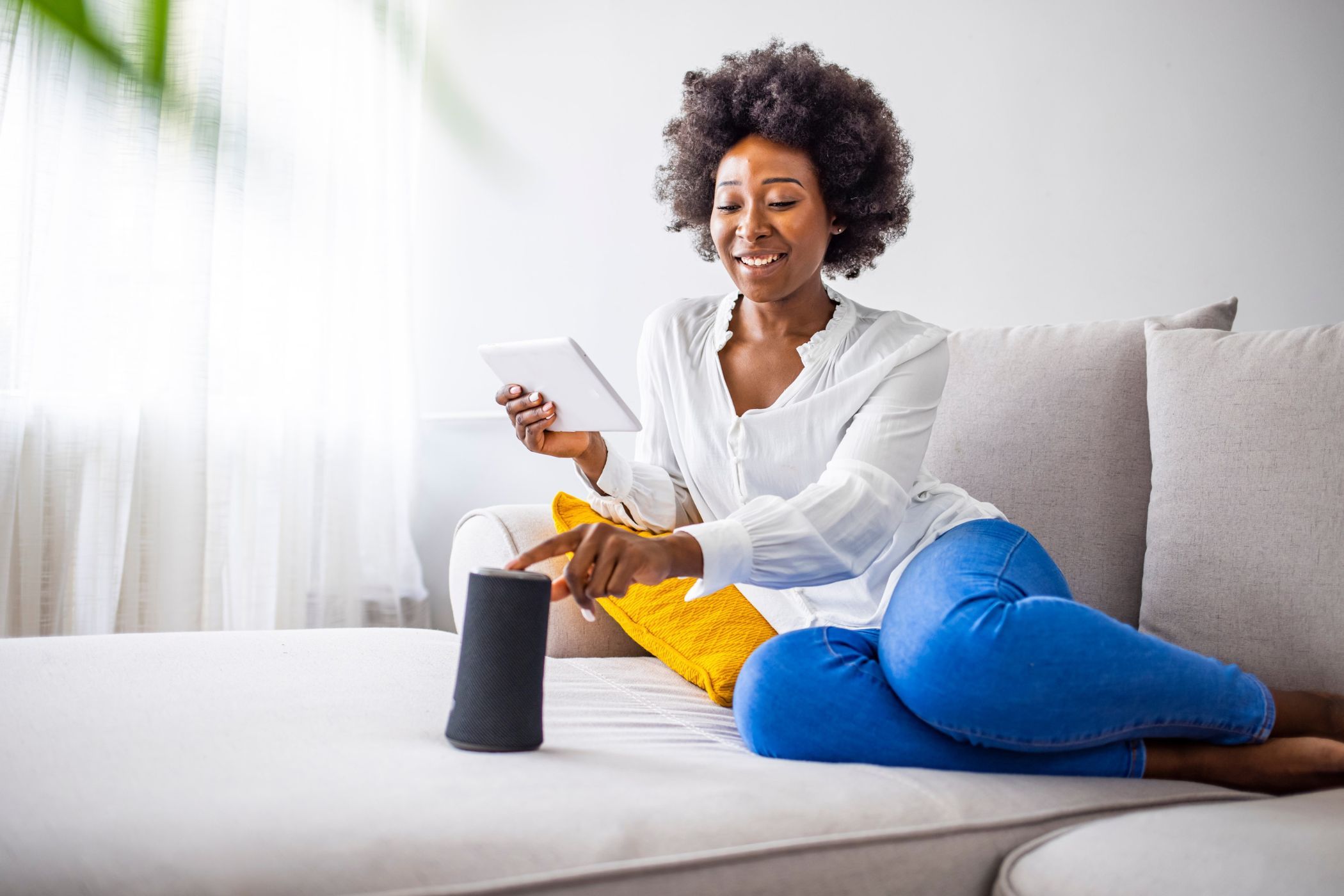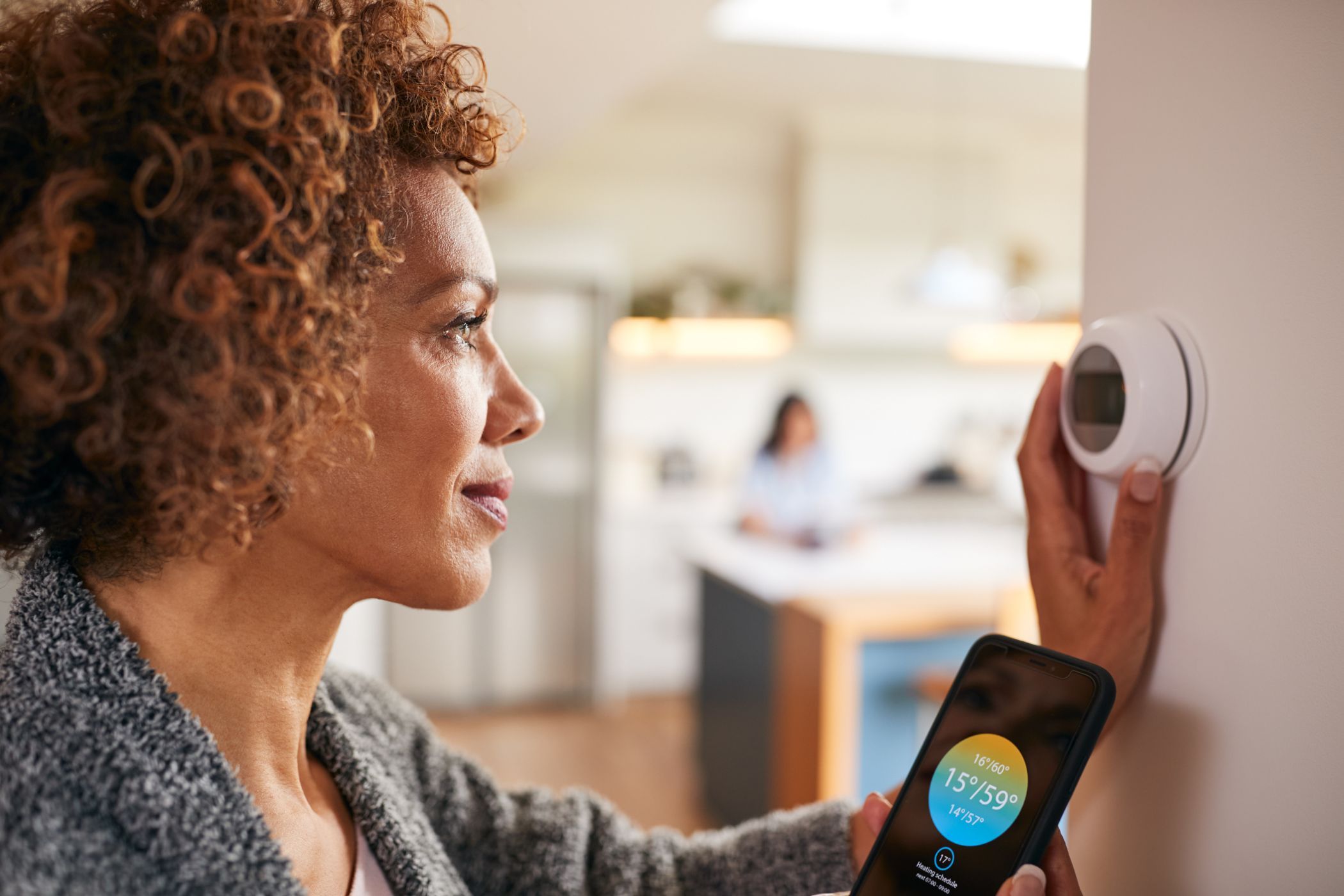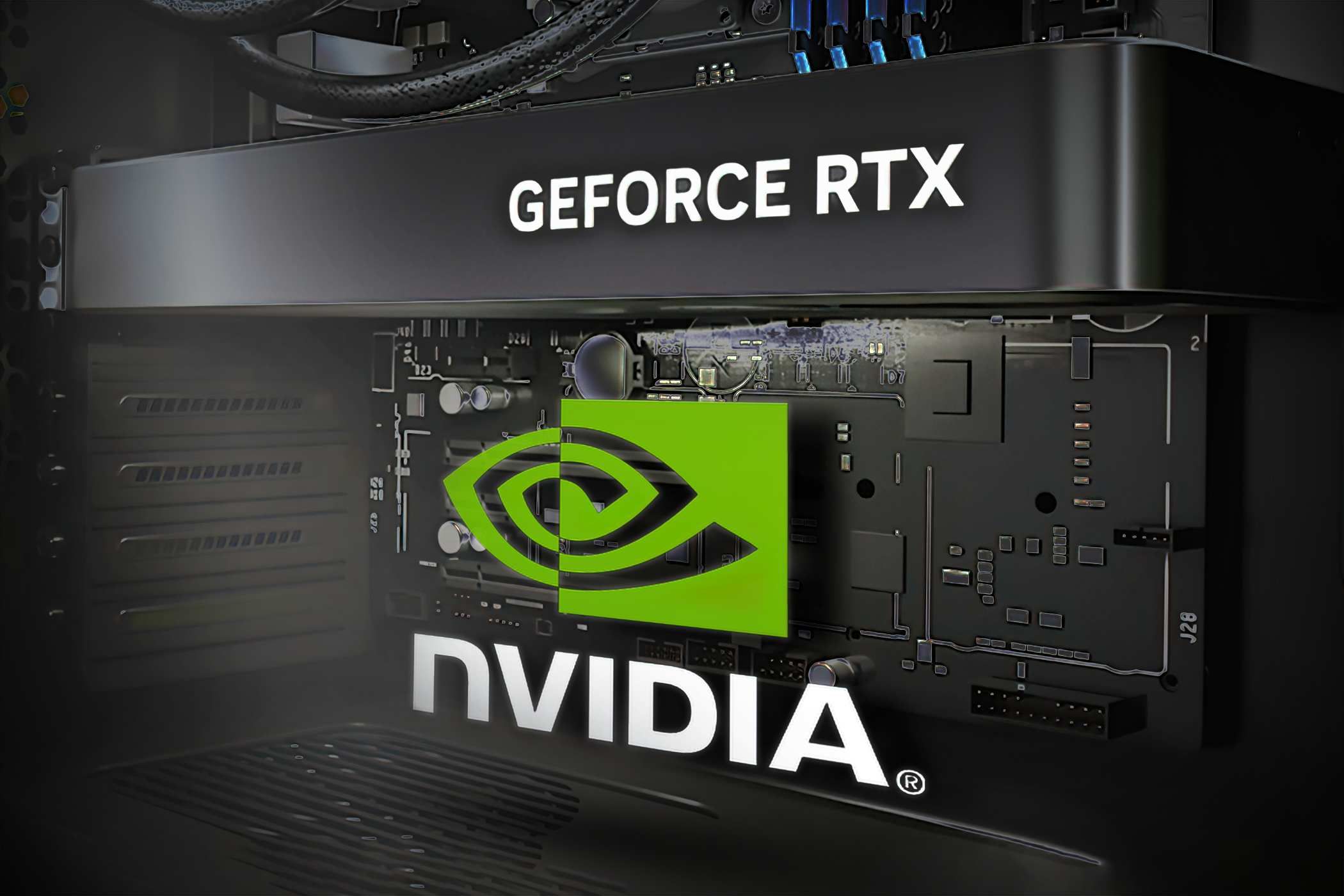Key Takeaways
- Stick to one smart home ecosystem to avoid integration issues and avoid buying too many smart devices.
- Lock your smart devices and secure them from hackers to prevent unauthorized access.
- Use smart technology effectively to reduce your energy bill and make the cost worthwhile.
Smart home technology improves constantly, and today, it’s the best that it has ever been. But if you’re just getting started with home automation, it’s easy to run into snags. Here are the smart home risks you need to know about—and how you can avoid them.
1 Stick to One Smart Home Ecosystem
One of the biggest challenges you might face when automating your home is that there’s no clear technical standard or platform for smart home technology. This issue has improved as smart home tech has become more popular, but it’s still not rare for smart devices from different brands to have issues working together.
That’s not to say you can’t use devices from different brands, but focusing on one smart home ecosystem is the best way to avoid any issues before you run into them—and to make your smart home feel truly smart. Smart devices are meant to solve minor daily inconveniences, and it’s not ideal if they end up introducing more issues than they solve.
The three most popular smart home ecosystems are Google Home, Apple Home, and Amazon Alexa. All are great options and come with their own pros and cons:
- Apple Home devices are a clear winner if you’re already an Apple diehard.
- Amazon Alexa devices provide a good medium ground and an excellent variety of devices to choose from.
- Google Home devices offer fantastic quality, though their removal of many core Nest features has proved controversial.
If you aren’t immediately drawn to any ecosystem, you’re still in luck. Smart devices that use the new Matter standard are meant to bridge this gap and provide better compatibility, but the standard is still new enough that it isn’t common in smart devices.
If you decide to purchase devices from several ecosystems, choosing devices that follow the Matter standard may help you avoid compatibility issues.
2 Don’t Buy Too Many Smart Devices
Another important thing to remember when purchasing smart devices: keep things simple. Too many smart devices are difficult to manage, provide diminishing returns, and can slow down your home internet if you don’t tweak your connections properly.
Each additional smart device also increases the chance that one or more devices will have frustrating incompatibilities with one another. There’s no hard limit to how many smart devices you should have, but you should purchase each new device thoughtfully. Ask yourself questions like:
- What problem will this device solve?
- Can this device work with my daily routine?
- Will I have to pay a subscription fee to use this device?
- Is my Wi-Fi fast enough for this device?
- Does the brand selling this product seem reputable?
- Have I wanted the device for a long time or is it a whim?
Most importantly, consider what your priorities are: a smart fridge and a smart oven might both be tempting, but is one more useful to you than the other? If you restrict yourself to purchasing just one device, will you be able to buy smart devices worth the extra money? Quality over quantity is generally best.
3 Lock Your Smart Home Devices
You’ve probably heard horror stories about children making unauthorized online purchases costing hundreds or thousands of dollars. Many smart devices are able to integrate with shopping platforms like Amazon, so it’s not just your phone you need to lock up: you also need to take measures to get rid of this smart home risk.
Amazon smart devices with Alexa, including the Echo Dot and Echo Show, are the most well-known devices that allow you to make purchases with voice commands—but there are even smart refrigerators that are capable of helping with your grocery shopping, so make sure to check your other devices.
This feature is incredibly useful in the right hands, but it’s worth taking measures to prevent it from being used without permission.
4 Secure Your Smart Home From Hackers
Smart refrigerators don’t seem like the kind of devices that hackers would target, but the Mirai botnet proved otherwise. Unfortunately, all smart devices are at risk from hackers—and failing to secure your smart devices might put you at risk, too. That’s why it’s important to take steps to protect your smart home from hackers.
Some of the steps you might take to address these smart home risks include:
- Geofencing your devices, so hackers can’t deactivate devices like smart locks when you’re far away.
- Using 2FA or passkeys with your smart home devices.
- Regularly updating your smart device software and firmware.
- Avoiding the use of too many devices, because each new device is a new risk.
- Splitting your smart devices onto a separate network from your computers.
- Use name-brand smart devices with better security features.
It’s impossible to completely eliminate the risk of hacking, but taking the right steps to protect yourself will make you a less desirable target. If you’re ever in need of advice about your smart home setup, do your research and consider posting to a product-focused forum if necessary.
Many people have dealt with the same risks—and they might have gained expertise from dealing with them.
5 Use Smart Technology to Reduce Your Energy Bill
It isn’t quite a smart home risk, but you’re missing out on one of the greatest benefits of smart devices if you haven’t used them to make your smart home eco-friendly. Smart lights, thermostats, timers, plugs, and appliances can situationally reduce your power usage, all while saving you the mental load of managing your electricity usage yourself.
If you’re interested in using smart technology to reduce your power bill, you can start by analyzing where the most waste comes from in your home. This might differ from home to home, but common culprits include powered-off electronics, your HVAC system, and old, inefficient appliances. You can solve all of these issues with the right smart device.
There are a lot of benefits to smart home integration, so you shouldn’t let risks deter you. Instead, approach each purchase with an open attitude and a problem-solving mindset. Before long, you’ll see just how convenient life can be with the right smart devices.








